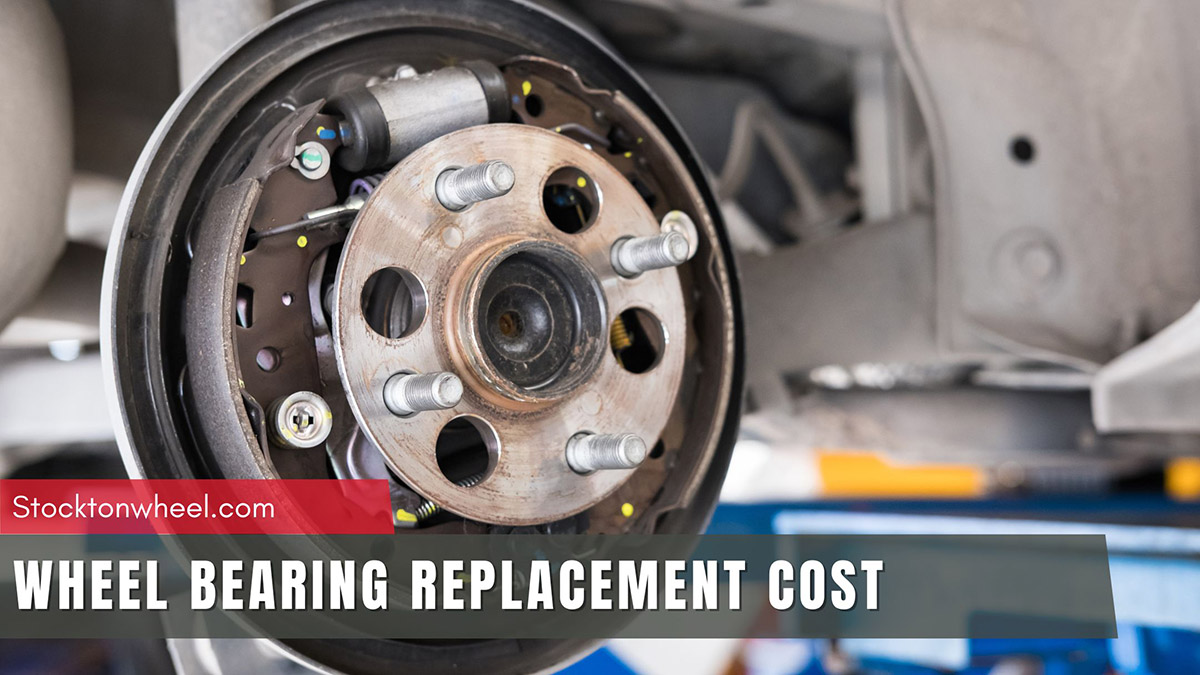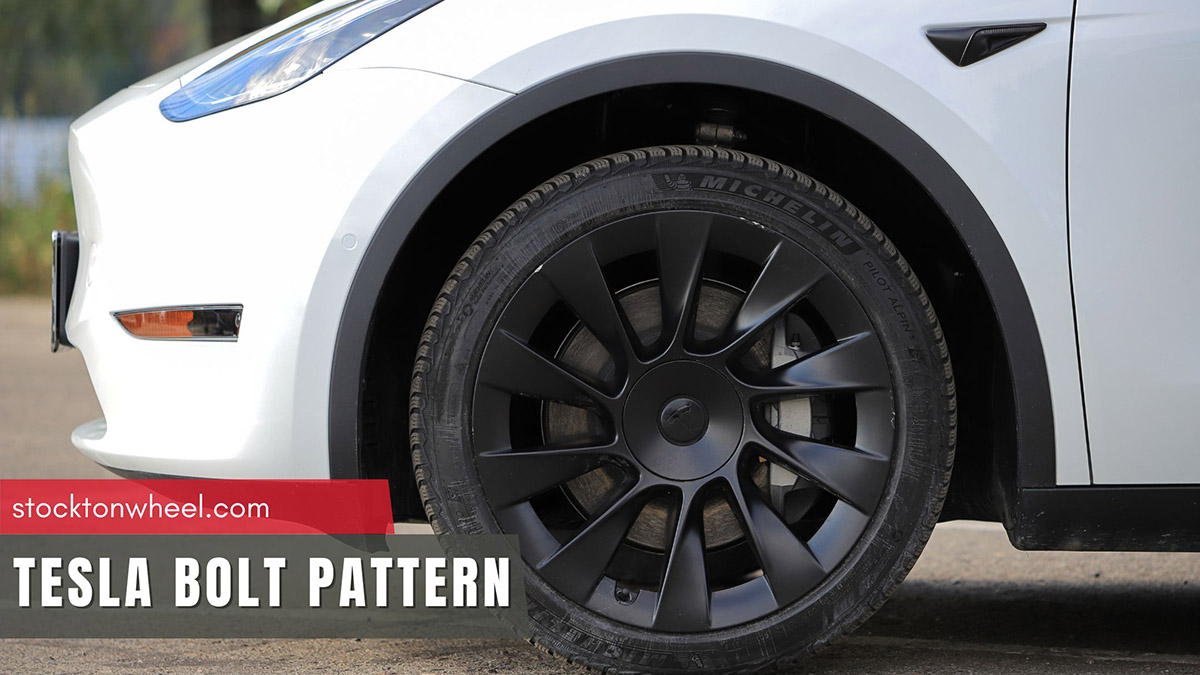Regular wheel maintenance schedules should include frequent wheel bearing checks; that has always been a rule of thumb. However, it is the cost to replace wheel bearings that gives people a headache, as they are uncertain whether these upgrades may give huge blows to the financial budgets.
My insightful guide, while not offering direct solutions to your budget-saving goal, can still deliver helpful advice regarding the cost and alternative replacement methods. Keep scrolling.
In this article:
What Is The Average Cost to Replace A Wheel Bearing?
The average pricing range can stoop as low as $107-$147 (DIY) to as high as $400-$1000 (mechanic) – depending on whether you prefer DIY procedures or mechanic supports.

1. DIY Cost: $107 to $147
Replacing wheel bearings is a piece of cake and can save quite a few bucks, guaranteed you ALREADY have all these tools at home:
- Lug wrench
- Car jacks
- Screwdrivers
- Ratchet wrenches
- Needle-nose plier
- Hub assembly
There is no point in choosing to do it on your own if these tools have not yet been purchased; buying all of these equipment pieces in one go can be even pricier than having it done by auto mechanics.
Plus, wheel bearings do not have to be replaced often, so taking the car to mechanics might be more cost-efficient.
Not to mention, not everyone is familiar with the technical aspects of the vehicle; jumping blindly into it without proper research might end up costing you even more than it should have.
2. Mechanic Costs: $400 to $1000
The exact number depends on which front bearing you like to fix or replace. Here is a detailed breakdown:
- Replacing Only The Rear Wheel Bearings:
In general, you may expect to invest $190 to $310 for parts associated with the rear bearing replacements. Meanwhile, the labor charges fluctuate from $250 to $400.
- Replacing Only The Front Bearings:
Unfortunately, the front wheel bearing replacement cost is much more expensive than its rear counterparts. The average labor cost runs from $350 to $550, while the pricing for replacement parts is $150 to $300.
- Replacing Both Rear and Front Bearings:
If you want to play on the safer side and replace every bearing, expect to spend between $800 and $1000 in total. Unless you are already covered by special warranty policies, the overall costs can be quite a blow for most vehicle owners.
3. Cost to Repair Wheel Bearing for Several Car Models
To save you hours of research, my team has compiled the average price range of some of the most commonly-asked cars. If yours does not make its way into this list, I suggest consulting your dealer or manufacturer.
| Cars | Estimate | Labor Cost | Parts Cost |
| Dodge Caravan (2006) | $301 | $94.99 | $206.13 |
| Hyundai Santa Fe (2012) | $265 | $123.48 | $141.55 |
| GMC 1500 Sierra (2009) | $426 | $104.48 | $321.90 |
| Cadillac ATS (2016) | $257 | $94.99 | $161.52 |
| Mini Cooper Countrymen (2016) | $556 | $123.48 | $432.83 |
| BMW M3 (2009) | $388 | $104.48 | $283.38 |
How to Do It On Your Own To Save The Wheel Hub Bearing Replacement Cost?

A. Prepare The Car
Once gathering the required supplies, you should prep the car beforehand to ensure maximum safety. To begin, park the vehicle on an even, level surface.
Step One. Choke Its Wheels
Block the tires opposite your chosen wheel using a chock. For illustration, if you change the front bearings from the driver’s side, then remember to chock the rear wheels from the passenger’s.
Step Two. Loosen The Lug Nuts
Loosen them with a ratchet (1/2 inches) and proper size sockets. Remember just to loosen them; don’t remove the nuts completely yet.
Step Three. Lift Your Car
Lift the car off the ground with two jack stands. That way, you will find it easier to remove the tire for ball bearing replacements.
If needed, check the manual to confirm where the jack’s lift points are located.
Step Four. Pull Out Lug Nuts
Now that the vehicle is safely secured and lifted, you can proceed to remove the nuts completely. Once done, pull the tires off and place them aside.
B. Remove Your Current Bearings
Step One. Remove The Bracket and Brake Calipers
Use a ratchet to unbolt brackets and brake calipers from the spindles. Once done, remove the calipers with a screwdriver.
Step Two. Remove Your Outer and Inner Wheel Bearings
A wheel bearing is often stored within the disc brake rotors, meaning you have to pry the dust cap off to expose retaining nuts and cotter pins. A couple of pliers will be your trusted ally in such cases.
After that, remove the inner wheel bearings and rotors using the same methods.
C. Install Your New Roller Bearings
Step One. Rub The Bearing Greases Into Your Casing
Locate the rotor faces and place them face down on the ground (the back facing upwards). Then take your new bearing and push its bearing greases into your casing.
Step Two. Install Your Bearings
Put your new bearings into the rotor’s back and apply some grease to the cavity’s interior. Next, install the new seals over the bearing before placing the new retaining nuts on their spindles.
Step Three. Install The Cotter Pins
After making sure the nuts are snug, tighten it a quarter turn and install the new cotter pins.
Step Four. Unbolt and Install The New Hubs
Unbolt the hubs of the spindle with your ratchets. Then replace the old hub with a new one.
Step Five. (Optional) Remove The Spindles
Does the bearing stay flush against the spindle? If so, I suggest removing the spindles – then taking both the bearings and spindles to the nearest repair shop.
Mechanic experts will have specialized tools to help press out those old bearings for you. After the new bearings are pressed in, technicians will re-install the spindles onto the vehicle.
When Should You Replace It? Signs That Your Car Needs Wheel Bearing Replacement
Monitor the bearings every two to three months. Bring them to a shop if more than one of these symptoms manifests:
- Strange tire noise
- Steering wheel vibrations
- Uneven wear
- Car pulling to the side
- Braking issues
Can You Replace Just One Bearing?
Yes. The bearings are installed independently, after all; failure in one bearing has zero impact on the other.
Hence, I often try to save the cost of wheel bearing by fixing/ swapping only one bearing. It is much cheaper than simultaneous front/rear replacements (refer to the pricing section above) while still delivering impeccable performance.
FAQs
Can I Drive A Car With A Damaged Wheel Bearing?
Technically, you can, but it’s extremely dangerous. Premature/ uneven tire wear, worn transmission, and even explosions are inevitable.
Do Wheel Bearings Affect Brakes?
Yes. Since wheel bearings and brake rotors are aligned, failed bearings will loosen the brake rotors and cause violent wobbles.
Conclusion
While driving to mechanics is more convenient and also time-saving, feel free to replace the bearings at home if you already have all the required tools ready. Write me letters if any type of wheel bearing issues persist








